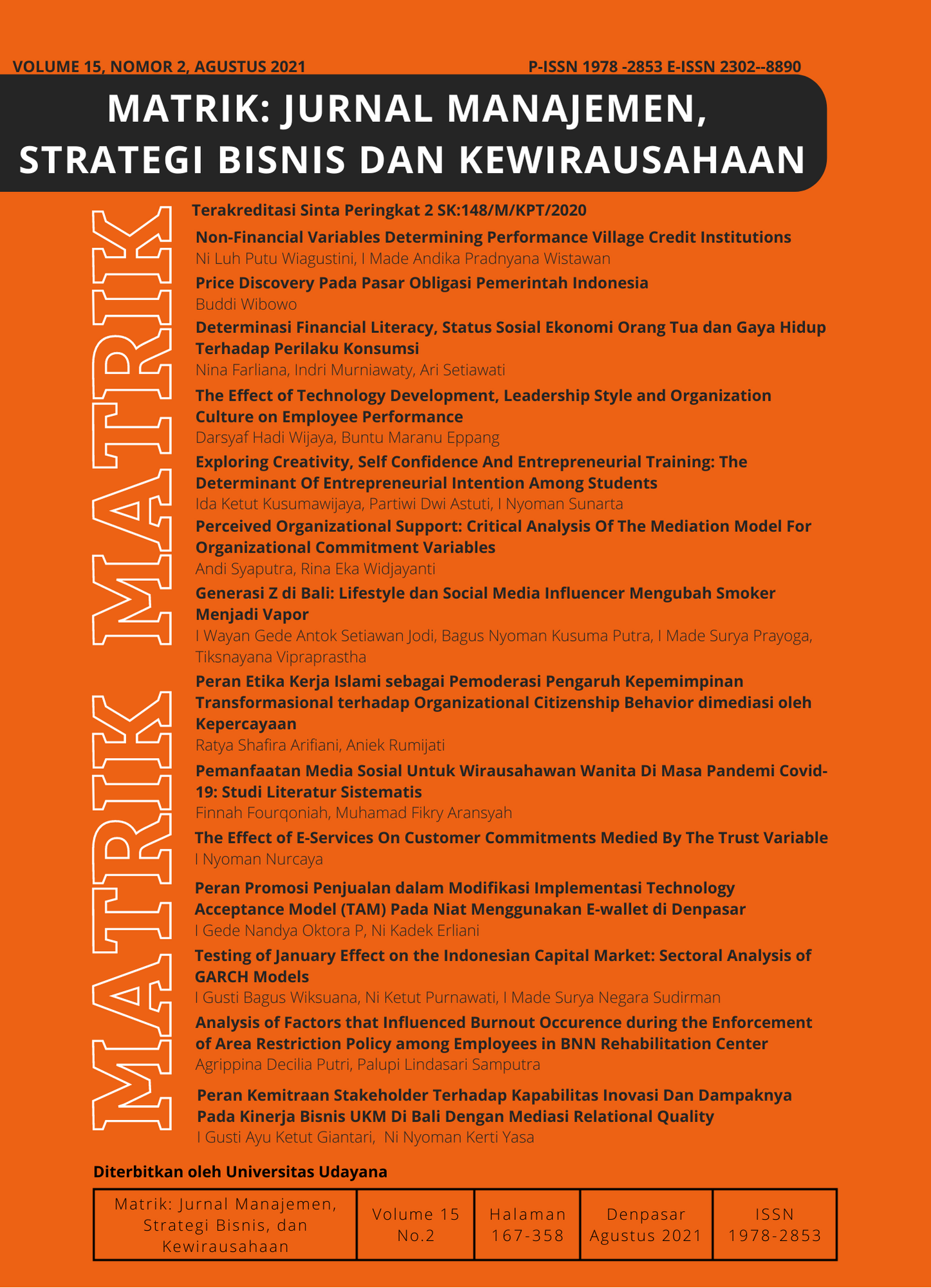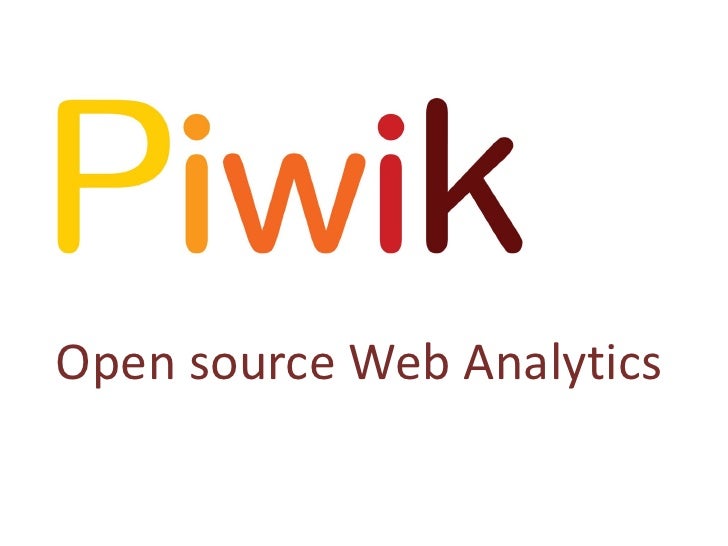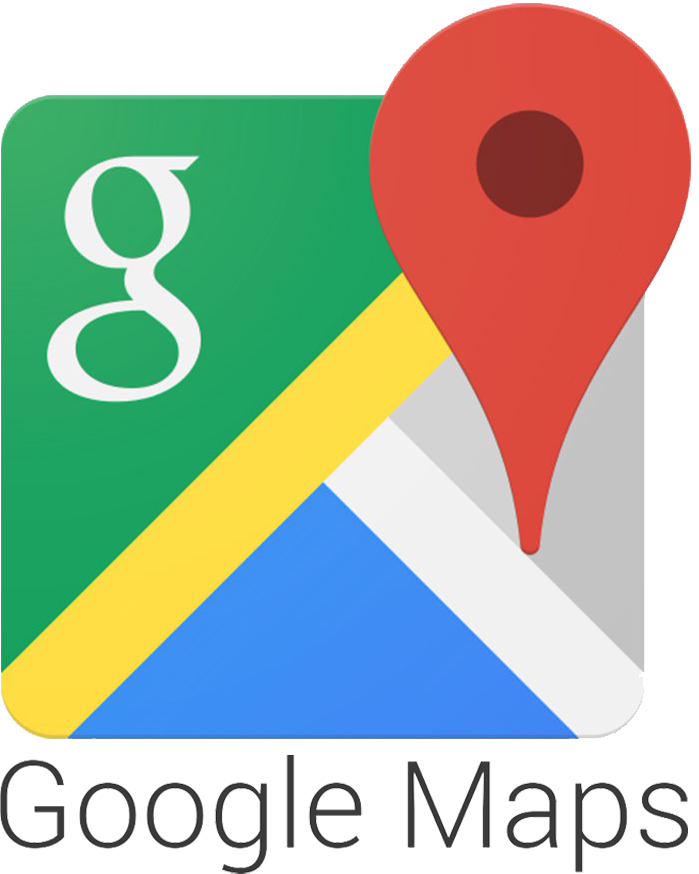Peran Promosi Penjualan dalam Modifikasi Implementasi Technology Acceptance Model (TAM) Pada Niat Menggunakan E-wallet di Denpasar
Abstract
Pembayaran elektronik merupakan metode pembayaran yang mulai populer di Indonesia. Salah satu sistem pembayaran elektronik yang populer adalah e-wallet. Perkembangan e-wallet didukung oleh meningkatnya penyedia jasa e-wallet dan meningkatnya pertumbuhan merchant yang melayani pembayaran dengan e-wallet. Penelitian ini bertujuan untuk mengetahui pengaruh promosi, perceived ease of use, perceived usefulnessterhadap sikap dan intense penggunaan konsumen pada e-wallet. Penelitian dilakukan dengan melibatkan 300 responden yang berasal dari rentang usia berbeda di Denpasar. Data dianalisis dengan SEM berbasis PLS. Hasil penelitian menunjukan bahwa promosi, perceived usefulness dan perceived ease of use berpengaruh positif dan signifikan terhadap sikap dan intense konsumen terhadap penggunaan e-wallet di Kota Denpasar.
Downloads
References
Al-Somali, S. A., Gholami, R., & Clegg, B. (2009). An investigation into the acceptance of online banking in Saudi Arabia. Technovation, 19(2), 130–141.
Badgaiyan, A. J., & Verma, A. (2015). Does urge to buy impulsively differ from impulsive buying behaviour? Assessing the impact of situational factors. Journal of Retailing and Consumer Services, 22. https://doi.org/10.1016/j.jretconser.2014.10.002
Barkhi, R., & Wallace, L. (2007). The impact of personality type on purchasing decisions in virtual stores. Inf. Technol. Manag, 8, 313–330.
Bruner, G. C., & Kumar, A. (2005). explaining consumer acceptance of handheld Internet devices. J. Bus. Res., 58, 553–558.
Chen Ying, L., Chih-Hsuan, T., & Wan-Chuan, C. (2015). The relationship between attitude toward using and customer satisfaction with mobile application services: An empirical study from the life insurance industry. Journal of Enterprise Information Management, 53(4), 194–200.
Davis F.D. (1989). Perceived usefulness, perceived ease of use, and user acceptance of information technology. 13, 318–340.
Davis, F. D. (1985). A technology acceptance model for empirically testing new end-user information systems: Theory and results. Management, Ph.D.(January 1985), 291. https://doi.org/oclc/56932490
Davis, F. D., & Venkatesh, V. (1996). A critical assessment of potential measurement biases in the technology acceptance model: Three experiments. International Journal of Human Computer Studies, 45(1), 19–45. https://doi.org/10.1006/ijhc.1996.0040
Devaraj, S., Easley, R. F., & Crant, J. M. (2008). How Does Personality Matter? Relating the Five-Factor Model to Technology Acceptance and Use. Inf. Syst. Res, 19, 93–105.
Eri, Y., Aminul Islam, Md., & Ku Daud, K. A. (2011). Factors that Influence Customers’ Buying Intention on Shopping Online. International Journal of Marketing Studies. https://doi.org/10.5539/ijms.v3n1p128
Featherman, M. S., & Pavlou, P. A. (2003). Predicting E-Services Adoption: A Perceived Risk Facets Perspective. Int. J. Hum. Comput. Stud, 59, 451–474.
Fernanda, M. (2019). Pengaruh Promosi Penjualan, Daya Tarik Iklan Internet, dan Kualitas Website Terhadap Pembelian Impulsif. Jurnal Manajemen Bisnis Dan Kewirausahaan, 3(5). https://doi.org/10.24912/jmbk.v3i5.6073
Gefen, D. (2002). Customer Loyalty in e-Commerce Settings.pdf.crdownload. Journal of the Association for Information Systems, 3(1), 27–51.
Ghozali, I. (2016). Aplikasi Analisis Multivariate dengan Program IBM SPSS 23. (Edisi 8). Semarang: Badan Penerbit Universitas Diponegoro.
Kabir, M. A., Saidin, S., & Ahmi, A. (2017). AI Conceptual Framework on the Influence of Perceived Usefulness, Perceived Ease Use and Computer Self-Efficacy on the Intention To Use Electronic Collection System in Nigerian Federal Hospitals. International Journal of Management Research and Review, 7(3), 259–266.
Kim, H., & Song, J. (2010). The quality of word-of-mouth in the online shopping mall. J. Res. Interact. Mark., 4, 376–390.
King, W. R., & He, J. (2006). A meta-analysis of the technology acceptance model. Inf. Manag., 43, 740–755.
Kotler, P., & Armstrong, G. (2016). Principles of Marketing. In The Economic Journal (16th ed., Vol. 42, Issue 168). Pearson Education Limited. https://doi.org/10.2307/2223798
Lattin, J. M., & Bucklin, R. E. (1989). Reference Effects of Price and Promotion on Brand Choice Behavior. Journal of Marketing Research, 26(3), 299. https://doi.org/10.2307/3172902
Lee, K. C., & Chung, N. (2009). Understanding Factors Affecting Trust in and Satisfaction with Mobile Banking in Korea: A Modified DeLone and McLean’s model perspective. Interacting with Computer, 21(5/6), 385–392.
Li, D. C., Dai, W. L., & Tseng, W. T. (2011). A two-stage clustering method to analyze customer characteristics to build discriminative customer management: A case of textile manufacturing business. Expert Systems with Applications, 38(6), 7186–7191. https://doi.org/10.1016/j.eswa.2010.12.041
Lo, L. Y. S., Lin, S. W., & Hsu, L. Y. (2016). Motivation for online impulse buying: A two-factor theory perspective. International Journal of Information Management, 36(5). https://doi.org/10.1016/j.ijinfomgt.2016.04.012
M. Isoraite. (2020). SALES PROMOTION TOOLS FEATURES. Ecoforum Journal, 9(3).
Ma, Y. J., Gam, H. J., & Banning, J. (2017). Perceived ease of use and usefulness of sustainability labels on apparel products: application of the technology acceptance model. Fashion and Textiles, 4(1), 1–20. https://doi.org/10.1186/s40691-017-0093-1
Mandilas, A., Karasavvoglou, A., Nikolaidis, M., & Tsourgiannis, L. (2013). Predicting Consumer’s Perceptions in On-line Shopping. Procedia Technology, 8(Haicta), 435–444. https://doi.org/10.1016/j.protcy.2013.11.056
Marjan, M., Mohammad, R. E., & Ali, S. B. (2014). Influencing VSN users’ purchase intentions: The roles of flow, trust and eWOM. J. Res. Interact. Mark., 8, 102–123.
Mir, I. A. (2012). Two Wing Models of Sales Promotion: Theorization and Examination. Journal of Economics and Behavioral Studies, 4(1), 12–25. https://doi.org/10.22610/jebs.v4i1.298
Mohammadi, H. (2015). A study of mobile banking loyalty in Iran. Computers in Human Behavior, 44, 35–47.
Moriarty, S., Mitchell, N., Wells, W. D., Crawford, R., Brennan, L., & Spenstone, R. (2014). Advertising: Principles and practice. Pearson Australia.
Normalini PhD, M. K. (2019). Revisiting the Effects of Quality Dimensions, Perceived Usefulness and Perceived Ease of Use on Internet Banking Usage Intention. Global Business and Management Research, 11(2), 252–261.
Nurzanah, I., & Sosianika, A. (2018). Promosi Penjualan dan Minat Beli : Penerapan Modifikasi Technology Acceptance Model di E-Marketplace Shopee Indonesia. Industrial Research Workshop and National Seminar, 706–714.
Özbeka, V., Alnıaçık, Ü., Kocc, F., Akkılıç, E., & Kas ̧, E. (2014). The Impact of Personality on Technology Acceptance: A Study on Smart Phone Users. Procedia Soc. Behav. Sci, 150, 541–551.
Perea Y Monsuwé, T., Dellaert, B. G. C., & De Ruyter, K. (2004). What drives consumers to shop online? A literature review. International Journal of Service Industry Management, 15(1), 102–121. https://doi.org/10.1108/09564230410523358
Pikkarainen, T., Pikkarainen, K., Karjaluoto, H., & Pahnila, S. (2004). Consumer acceptance of online banking: an extension of the technology acceptance model. Internet Research, 14(3), 224–235.
Punnoose, A. C. (2012). Determinants of Intention to Use e-Learning Based on the Technology Acceptance Model. J. Inf. Technol. Educ. Res, 11, 301–337.
Solomon, M. R. (2009). Marketing: Real people, real decisions. Pearson Education Limited.
Son, J., Sadachar, A., Manchiraju, S., Fiore, A. M., & Niehm, L. S. (2012a). Consumer adoption of online collaborative customer co-design. J. Res. Interact. Mark., 6, 180–197.
Son, J., Sadachar, A., Manchiraju, S., Fiore, A. M., & Niehm, L. S. (2012b). Consumer adoption of online collaborative customer co-design. J. Res. Interact. Mark., 6, 180–197.
Sugiyono. (2018). Metode Penelitian Kuantitatif,Kualitatif dan R&D. In Ke-26.
Suh, B., & Han, I. (2002). Effect of trust on customer acceptance of Internet banking. Electronic Commerce Research and Applications, 1(3–4), 247–263.
Sun, T. (University of V. (2010). Antecedents and Consequences of Parasocial Interaction with Sport ... Journal of Sport Behaviour, 33(2), 194–217.
Szajna, B. (1996). Empirical Evaluation of the Revised Technology Acceptance Model. Manag. Sci, 42, 85–92.
Trihandayani, A., & Abdillah, L. A. (2019). Analisis Penerimaan Pengguna dalam Memanfaatkan Media Sosial Terhadap Usaha Kecil Menengah Menggunakan Metode Technology Acceptance Model (TAM). Bina Darma Conference Computer Science (BDCCS2019), september, 2214–2221.
Wessels, L., & Drennan, J. (2010). An investigation of consumer acceptance of M‐banking. International Journal of Bank Marketing, 28(7), 547–568.
Ye, L. R., & Zhang, H. (2014). Sales Promotion and Purchasing Intention: Applying the Technology Acceptance Model in Consumer-To-Consumer Marketplaces. International Journal of Business, Humanities and Technology, 4(3), 1–5.
Yoon, H. S., & Barker Steege, L. M. (2013). Development of a quantitative model of the impact of customers’ personality and perceptions on Internet banking use. J. Comput. Hum. Behav, 29, 1113–1141.
Yusuf, J. Bin. (2010). Ethical implications of sales promotion in Ghana: Islamic perspective. Journal of Islamic Marketing, 1(3), 220–230. https://doi.org/10.1108/17590831011082400
 This work is licensed under a Creative Commons Attribution-ShareAlike 4.0 International License.
This work is licensed under a Creative Commons Attribution-ShareAlike 4.0 International License.

















